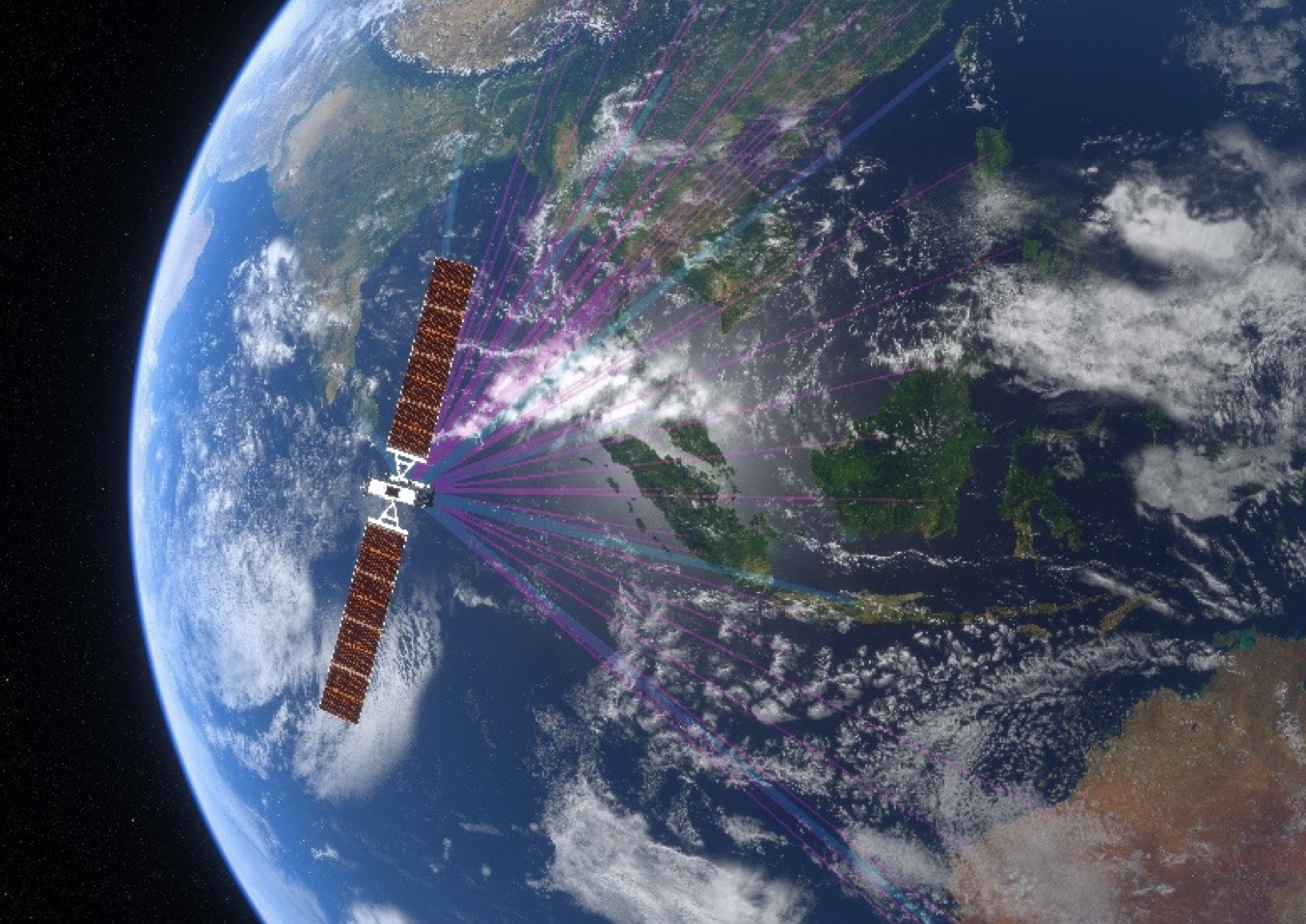WASHINGTON — Boeing expects to get a contract in the coming months to build a new communications satellite for the U.S. military, funded by a $442 million congressional earmark.
The satellite, to be named WGS-12, will be the 12th of the Wideband Global Satcom geostationary constellation that provides communications services to the United States and allies.
Although congressional appropriators inserted funds in the 2023 defense budget specifically for a wideband satellite, the House Armed Services Committee in its version of the 2024 National Defense Authorization Act said it would block the procurement of WGS-12 until the Department of the Air Force confirmed that the same service could not be performed by commercial satellites.
That confirmation came in a letter from the Department of the Air Force, asserting that WGS-12 meets specific needs that cannot be met by commercial alternatives, the Space Systems Command said Sept. 21.
“As directed in H.R. 2670, the FY24 National Defense Authorization Act, the Department of the Air Force has provided the four congressional defense committees with the WGS-12 certification letter that certified the requirement could not be met by commercial,” the command said in a statement to SpaceNews.
Boeing’s space sector leader Kay Sears said the company provided the Air Force data that the service used for the certification. The company’s analysis, she said, showed that WGS communications are much more difficult to jam than commercial services currently available.

“We did a side-by-side analysis by level of jamming,” Sears said in an interview with SpaceNews.
Sears in November was named vice president and general manager of Boeing’s Space, Intelligence & Weapon Systems division. She oversees the company’s civil, military and commercial space operations.
Expanding Boeing’s footprint in military satellite programs is a top priority for Sears, including continued production of WGS.
The WGS-11 in production today “is not your grandfather’s WGS,” she said.
Unlike the previous 10 WGS satellites that were launched between 2007 and 2019, the new version has twice the communications capacity, Sears said, and features agile beam technology to avoid jamming.
“It is all about how you shape the beam into a very tiny footprint,” Sears said. “So if you have jammers nearby, you basically null them out. And we know that China and Russia have thousands of jammers in the various frequencies that both military and commercial systems operate.”
WGS-11 and 12 also carry a payload called PTS (Protected Tactical Satcom) that runs a military Protected Tactical Waveform designed to thwart jamming attacks.
“Going forward in protected comms, it’s all about the jamming threat,” Sears said.
What should be the ideal mix of commercial and military satcom systems has been a years-long debate within the Air Force and the Space Force, and the answer is always that they need both, said Sears.
The Air Force’s certification of WGS-12 is a major boost for the program, she said, and is good news for allied nations that rely on WGS services.
Congressional appropriators have strongly backed the program, adding more than $1 billion for WGS-11 and 12 over the past five years. Committees have argued that DoD has a shortage of cyber secure satellite-based communication services and should continue to modernize the wideband constellation.
Boeing projects WGS-11 will take 48 months to complete and WGS-12 about 39 months.
The earlier satellites have reached or exceeded their projected service life, Sears said, and the Space Force needs options to replenish the constellation.
“We have a WGS in production,” Sears said. “I think it’s critical that we keep that production line going, and we integrate the allies’ requirements for protected communications.”
WGS partner nations include Canada, the Czech Republic, Denmark, Luxembourg, Netherlands, New Zealand, and Norway. The U.S. also has a separate bilateral agreement with Australia.
Boeing calls the new version of WGS the Protected Wideband Satellite (PWS) — a design based on the company’s 702X commercial bus integrated with the PTS payload, Sears added. “One option for the constellation is to replace the older WGS satellites with our PWS which is designed for the current and future threat.”
The Space Force also is considering a Northrop Grumman offering as a possible follow-on to WGS. Northrop Grumman designed a competing PTS payload to be hosted on a commercial ESPAStar bus.
Military payloads on commercial buses
As Boeing makes the case that DoD should buy more WGS or PWS satellites, it also is supporting efforts by satellite operator SES to become a commercial partner in the military’s broader satcom architecture. The Space Force is looking to create a hybrid architecture with links to commercial and military satellites.
Boeing’s commercial satellite business builds SES’ o3B mPower broadband satellites deployed in medium Earth orbit.
“o3B has been very active trying to get DoD contracts,” Sears said. “The commercial community is very interested in leveraging the military requirements into their business.”
Boeing is backing the idea of hosting its PTS payloads on o3B satellites in medium Earth orbit to expand the military’s architecture, said Sears. “We could build that into their system as we build PTS payloads for WGS.”
With regard to low Earth orbit satellites, Boeing expects its subsidiary Millenium Space Systems — which focuses on small satellites — to continue to compete for military business, including the Space Development Agency’s planned mesh network.
Boeing is particularly interested in the missile-defense and missile-tracking portion of SDA’s constellation, said Sears. The company is eyeing an opportunity recently announced by SDA to produce classified missile-tracking satellites with advanced high-precision sensors. “You will see us play in that. That is more of the focus for us.”
